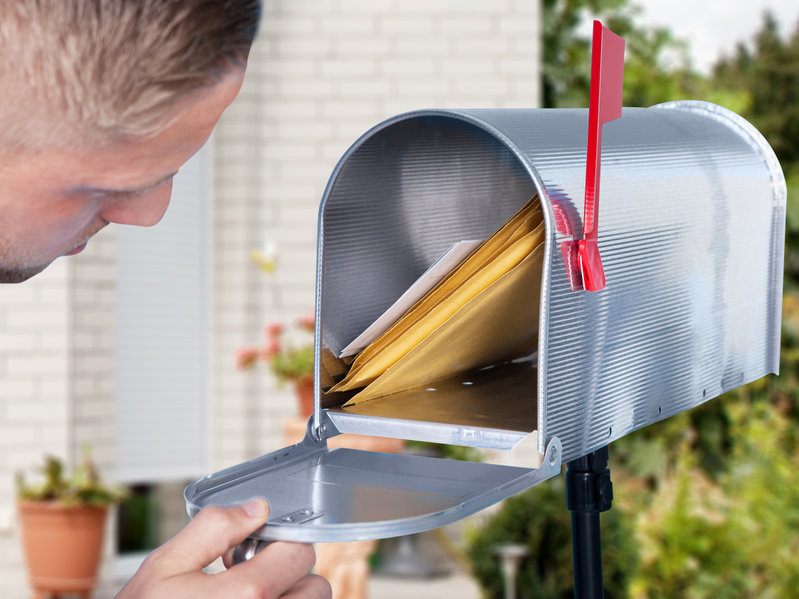Ever since its introduction to mass consumers, there has been unending debate on whether email marketing is more effective than direct mail campaigns. Digital media supporters claim that direct mails are ineffective in the modern world. Instead, they would rather contact their customers using their preferred channels such as mobile, television, and social media.
The reality of this debate is that direct mail remains a critical part of the mix. Most successful marketers know how to leverage both of these mediums because they understand their similarities and differences. This article explores the differences between direct mail and email marketing to discover the strengths and weaknesses of both.
What is Direct Mail?
Direct mail is a type of marketing campaign that is delivered physically to a customer’s mailbox using various types of delivery services. They have long been used as physical correspondence sent to prospects in the hopes of getting them to purchase a product or service you are promoting. Direct mail can be sent in form of postcards, catalogs, and flyers. Although direct mail may seem like it is fading away, it remains a great marketing medium for professional marketers. When done right, it can work in your favor and make your business stand out from other competitors in the same niche.
What is Email Promotion?
Email promotion or electronic mail marketing is the digital equivalent of direct mail. Whatever used to be sent physically to the mailbox of potential customers can now be sent digitally. Promotional emails only take seconds to reach a very large audience and help get the word out about limited-time deals, special offers, and exclusive content. Not only does it take a very short time to reach the targeted audience, but also reduces the costs associated with the physical delivery of promotional content to individual mailboxes.
Differences between Direct Mail and Email Marketing
- Interactivity & Tracking
Email promotions are more interactive than direct mail because they can be read anywhere and at any time. You can add links to your company’s videos, web page, and other external sources that may be valuable to your consumers. Direct mail may not be as interactive as email promotions because it takes a while for an individual to open their mailboxes. However, you can obtain similar tracking abilities with direct mail when you use personal URLs or QR codes on each mail piece. Any time the consumer visits the site or scans the code, it will be the same as clicking on a link online.
- Receptiveness
Almost 50% percent of consumers who receive an email make a purchase sooner due to limited-time deals and special offers. Since email promotions travel faster than direct mail, they can be seen and acted upon earlier. However, studies show that a larger percentage of consumers who receive direct mail are more likely to purchase an item after seeing it and remain loyal to your brand because it is a more physical, personal, and trustworthy form of marketing.
- Targeting
It is much easier to target consumers with direct mail than email marketing. Most consumers usually have one physical mailing address and it can take a very long time for it to change. However, it is common for a single person to own multiple email addresses. This makes it difficult to target such a customer because not everyone provides the primary email address that they use often. Looking at the two mediums, direct mail is more likely to yield authentic results and consumer data reports compared to email promotions.
- Loyalty and Trust
Email promotion campaigns can help you connect with customers because you can easily pre-load follow-up messages on ideal topics that would interest your targeted audience. Although it is easy to send mass emails, they can easily bore your prospects especially if you are hard selling in every email. Potential customers trust direct mail marketing since it is more personal and very few companies use it.
Digital enthusiasts favor email promotions more than direct mail but the latter stays effective longer than you think. Although consumers who receive direct mail may not take immediate action, your company’s brand lingers in their minds for some time until they are ready to contact you. The good thing about it is that they may remain loyal to your brand because you took the liberty to personalize each promotional content for them. It is always a good idea to combine both direct mail and email promotions as they make a spectacular merger of two effective media.


